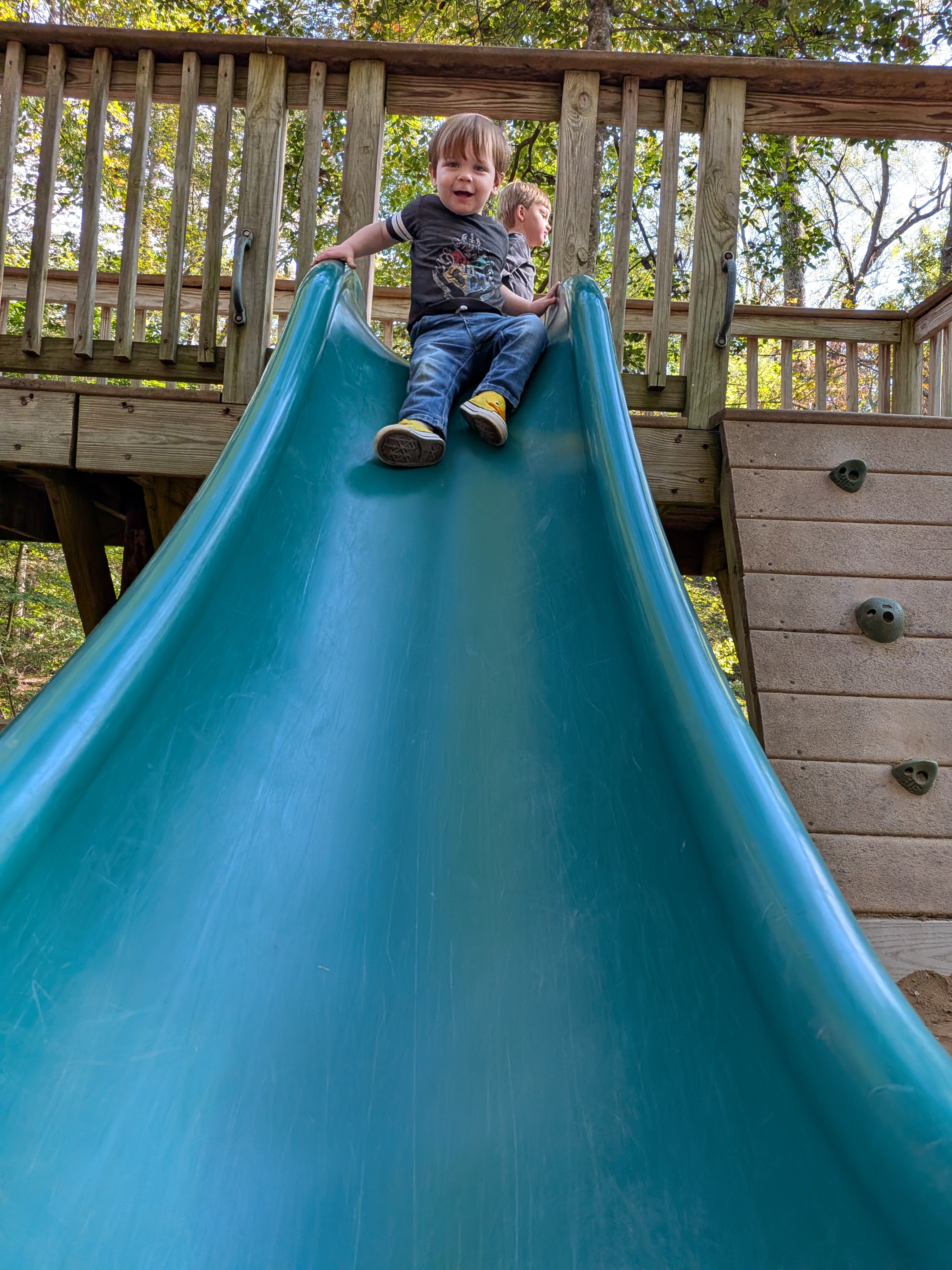Why you can trust Android Central
Our expert reviewers spend hours testing and comparing products and services so you can choose the best for you. Find out more about how we test.
After using the Pixel 9 Pro Fold for the better part of the past year, I was beyond excited to get my hands on the Pixel 10 Pro Fold. Even after reviewing the Galaxy Z Fold 7, I was still looking forward to Google’s offering, as I hoped it would push the envelope further in various ways.
Then the announcement came, which was accompanied by Google confirming that the Pixel 10 Pro Fold wouldn’t launch alongside the rest of the Pixel 10 series. It would be over another month before I could get my hands on one, and in that time, my excitement began to wane.
Google Pixel 10 Pro Fold: Price and availability
Google announced the Pixel 10 Pro Fold alongside the rest of the Pixel 10 lineup in late August 2025. Pre-orders began the same day; however, Google’s latest foldable phone wasn’t actually released until October 9, 2025.
The phone is available in two colors — Moonstone or Jade — and pricing starts at $1,799 for the base model with 256GB of storage. Those interested in having more storage will have to shell out $1,919 for 512GB or $2,149 for 1TB.
Google Pixel 10 Pro Fold: Specs
|
Category |
Google Pixel 10 Pro Fold |
|---|---|
|
Folding display |
8-inch Super Actua Flex display, 120Hz LTPO AMOLED (1-120Hz), 2076 x 2152, HDR, 3,000 nits, Ultra Thin Glass |
|
Outer display |
6.4-inch Actua display, 120Hz OLED (60-120Hz), 1080 x 2424, HDR, 3,000 nits, Gorilla Glass Victus 2 |
|
Processor |
Google Tensor G5 |
|
RAM |
16GB |
|
Storage |
256GB/ 512GB/1TB |
|
Rear cameras |
48MP main + 10.8MP telephoto + 10.5MP ultrawide |
|
Cover + folding screen cameras |
10MP + 10MP |
|
Ingress protection |
IP68 |
|
Connectivity |
Wi-Fi 7, 5G (mmWave and Sub-6), Bluetooth 5.4, NFC, AptX HD, USB-C 3.2, eSIM, Satellite SOS |
|
Security |
Side-mounted fingerprint scanner, face unlock |
|
Battery |
5,015mAh |
|
Dimensions (folded/ unfolded) |
76.3 x 155.2 x 10.8 mm / 155.2 x 150.4 x 5.2 mm |
|
Weight |
258g |
|
Colors |
Moonstone, Jade |
Google Pixel 10 Pro Fold: Hardware
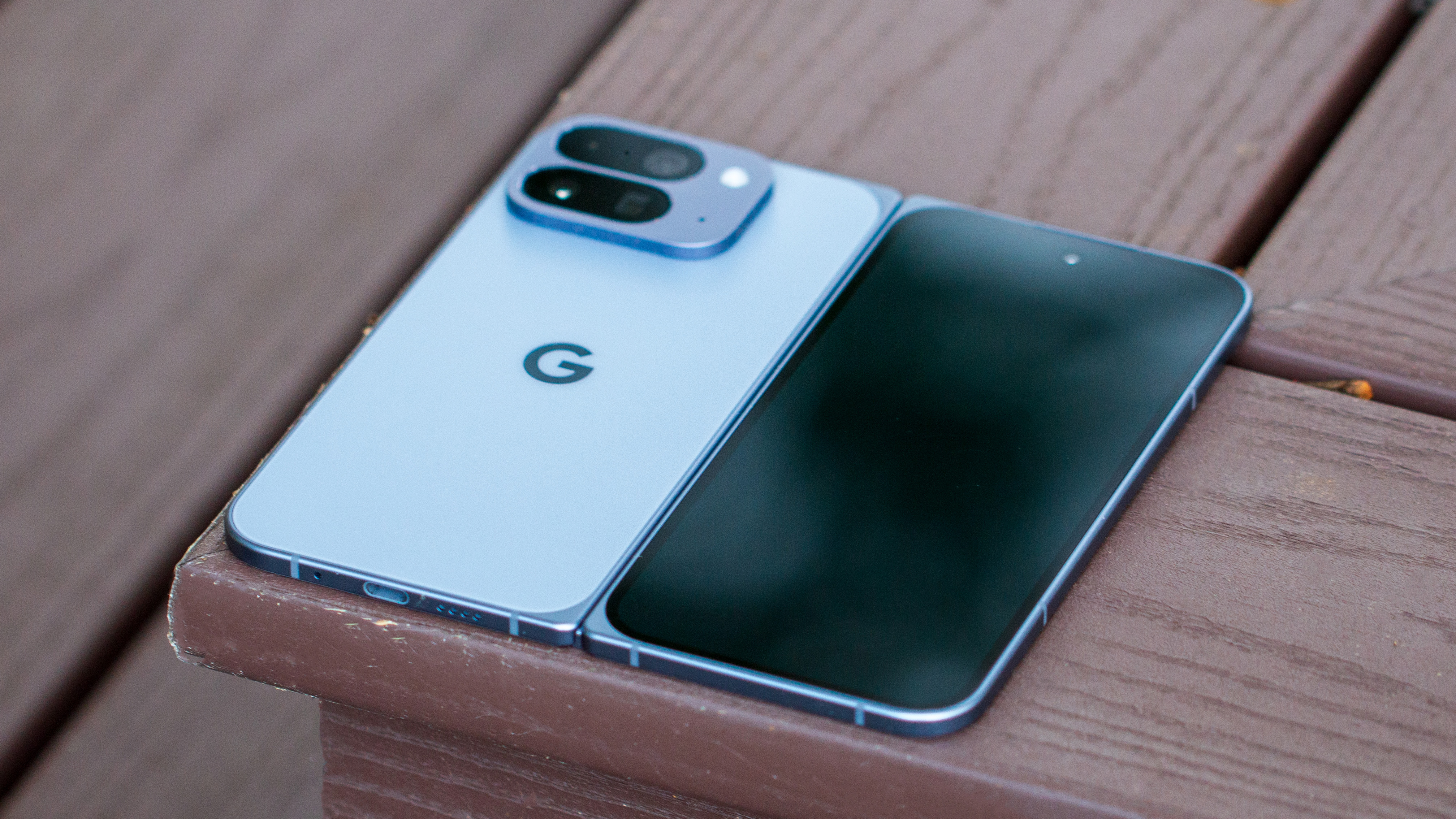
- Google’s decision to stick with the same design as last year makes plenty of sense, despite the competition getting slimmer.
- This allows the Pixel 10 Pro Fold to become the first foldable with an IP68 rating.
- MagSafe is finally here on Google’s Pixel 10 lineup courtesy of Pixelsnap, and it’s excellent.
The thing about the Pixel 9 Pro Fold is that, because it was such a drastic shift over the original Pixel Fold, Google didn’t really need to change much. As expected, it didn’t, as the Pixel 10 Pro Fold retains an almost identical design to its predecessor.
Although Google’s foldable is no longer the thinnest option, sticking with the same design paid dividends. A year after holding the crown for the thinnest foldable Stateside, the Pixel 10 Pro Fold now holds the title of the first foldable phone with an IP68 dust and water-resistance rating.
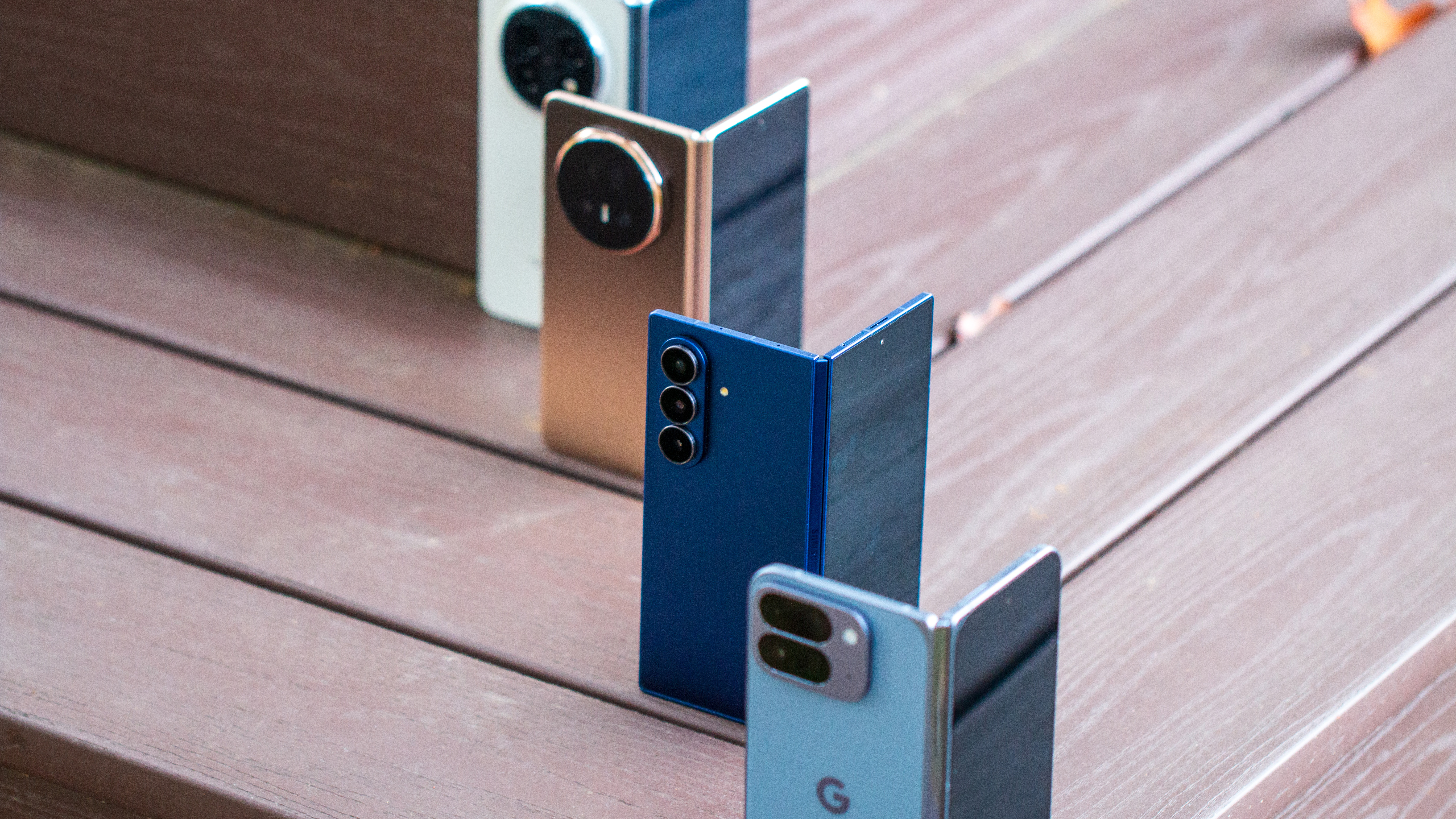
I actually think this was the better route to take, especially given the stigma around foldable phones being less durable than their slab counterparts. Until recently, I didn’t really care all that much, but after standing in a storm during a concert festival, my opinion quickly changed.
Having a foldable phone I can truly use anywhere, no matter the conditions, is something we’ve been hoping to see. It’s just surprising to see that Google got there first, and not Samsung, Honor, or Oppo. Frankly, the IP68 rating alone could be enough to entice more people to the Pixel 10 Pro Fold over the others.
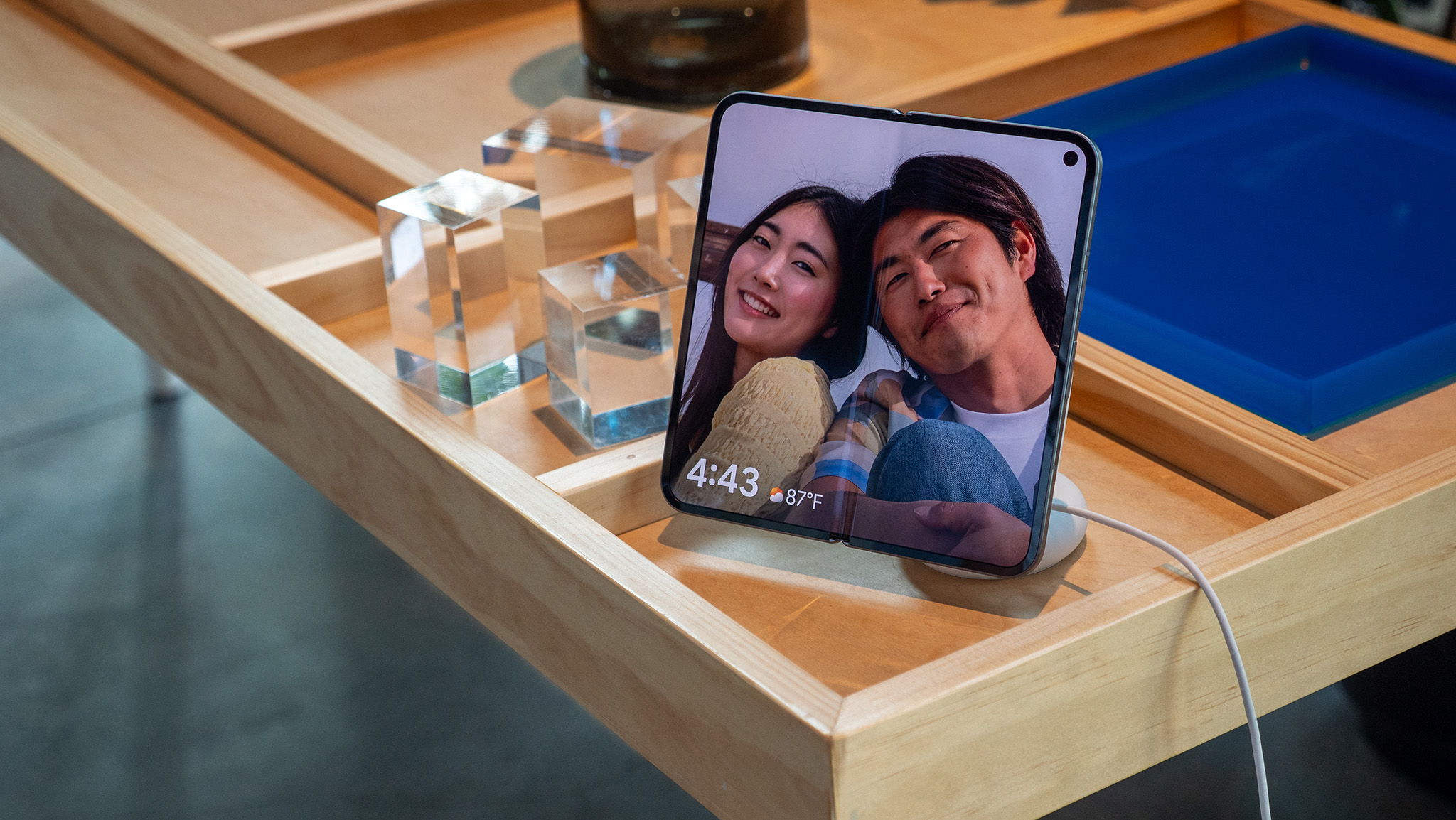
One feature that I was actually more excited about than the IP68 rating was Google’s implementation of magnetic Qi2 via Pixelsnap. This is Google’s long-awaited answer to Apple’s MagSafe, and it doesn’t require special cases or adapters to work with many of the best MagSafe accessories.
To accompany the launch, Google released a few Pixelsnap accessories, including the Pixelsnap Charger, Ring Stand, and Charger with Stand. Of these, my favorite has been the Pixelsnap Charger with Stand, as I much prefer wireless charging to plugging my phone in. But in reality, pretty much anything compatible with MagSafe will work with the Pixel 10 Pro Fold and Pixelsnap.
Google Pixel 10 Pro Fold: Battery & performance
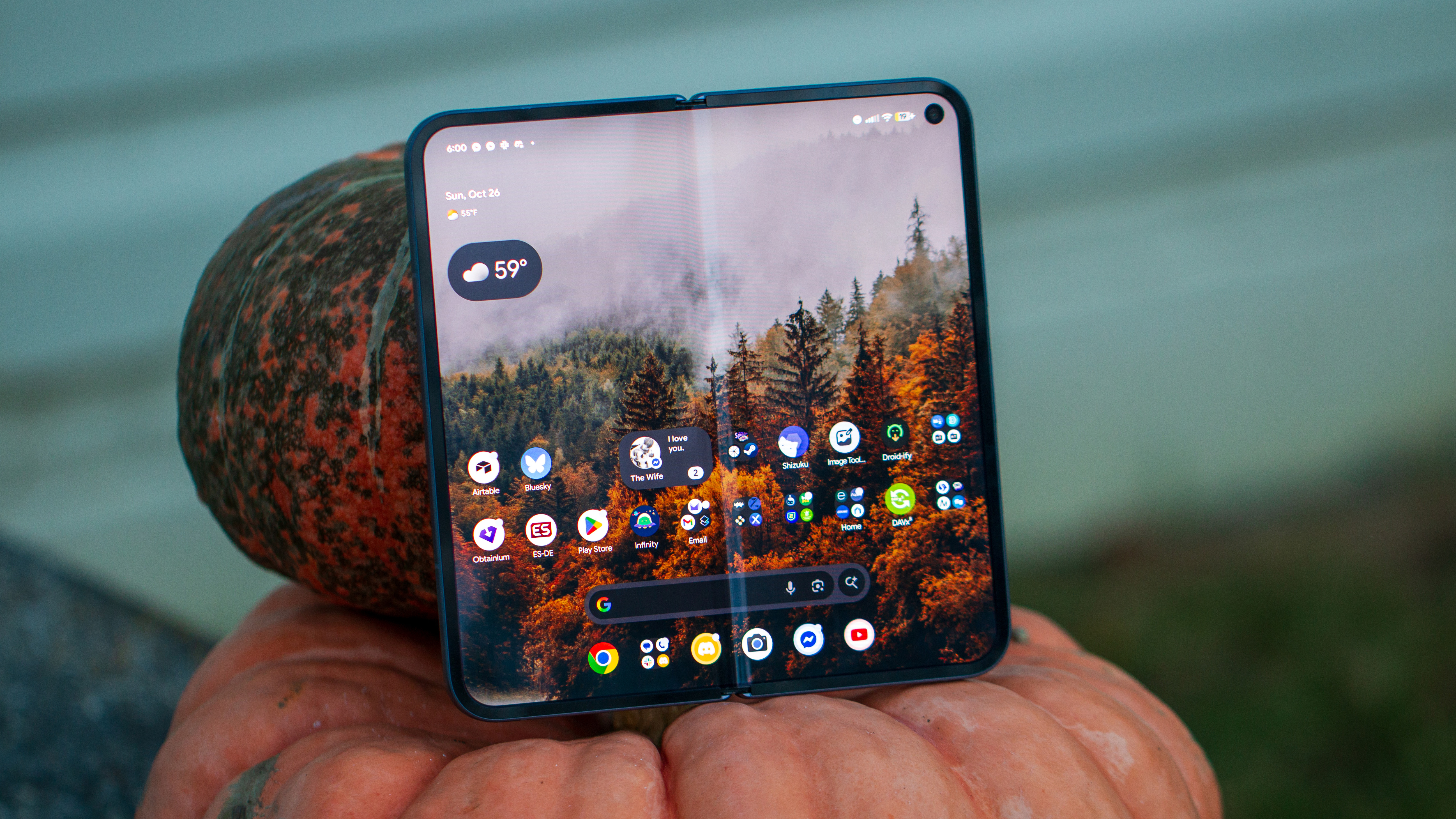
- Google’s Tensor G5 runs cooler and much more efficiently than before.
- This results in all-day battery life, and paired with a Pixelsnap charger, you’ll never run out of juice.
- Although the Pixel 10 Pro Fold handles daily tasks easily, things fall apart when doing GPU-intensive work.
One area where I didn’t really have much of an issue with the Pixel 9 Pro Fold was battery life. It wasn’t the best, but it still managed to make it through an entire day, even a year later.
However, Google’s Pixel 10 Pro Fold promised to be even better, thanks to the move to the Tensor G5 chip. By moving production from Samsung to TSMC, Google hoped its latest chip would be faster and more efficient. And, at least when it comes to efficiency, the 10 Pro Fold has delivered.
When running a battery test, which consisted of playing a 4K HDR video at full brightness with 50% volume, here’s what I found:
|
Screen |
Time |
Battery |
|---|---|---|
|
Inner |
2:50 |
59% |
| Row 1 – Cell 0 |
3:50 |
44% |
| Row 2 – Cell 0 |
4:50 |
30% |
|
Cover |
4:53 |
29% |
| Row 4 – Cell 0 |
5:53 |
20% |
As you can see, with the 8-inch inner display, you’re looking at about a 15% drop per hour. Naturally, less battery is consumed when using the cover screen, as the battery dropped by 9%.
Extrapolating that out, you’re looking at about 8 hours with only the inner display, or a little more than 11 with the cover screen. That’s been more than enough for me, as I have yet to feel the pinch of needing to find a charger before running out of juice.
For as great as battery life has been, the same can’t be said for performance. Don’t get me wrong, in day-to-day life, the 10 Pro Fold has been silky-smooth and keeps up with anything that I’m trying to do.
Unfortunately, this isn’t the case with gaming, specifically emulation. It’s reached the point where I don’t even bother loading up any intensive games, whether they’re Switch ROMs or Windows games via GameHub.
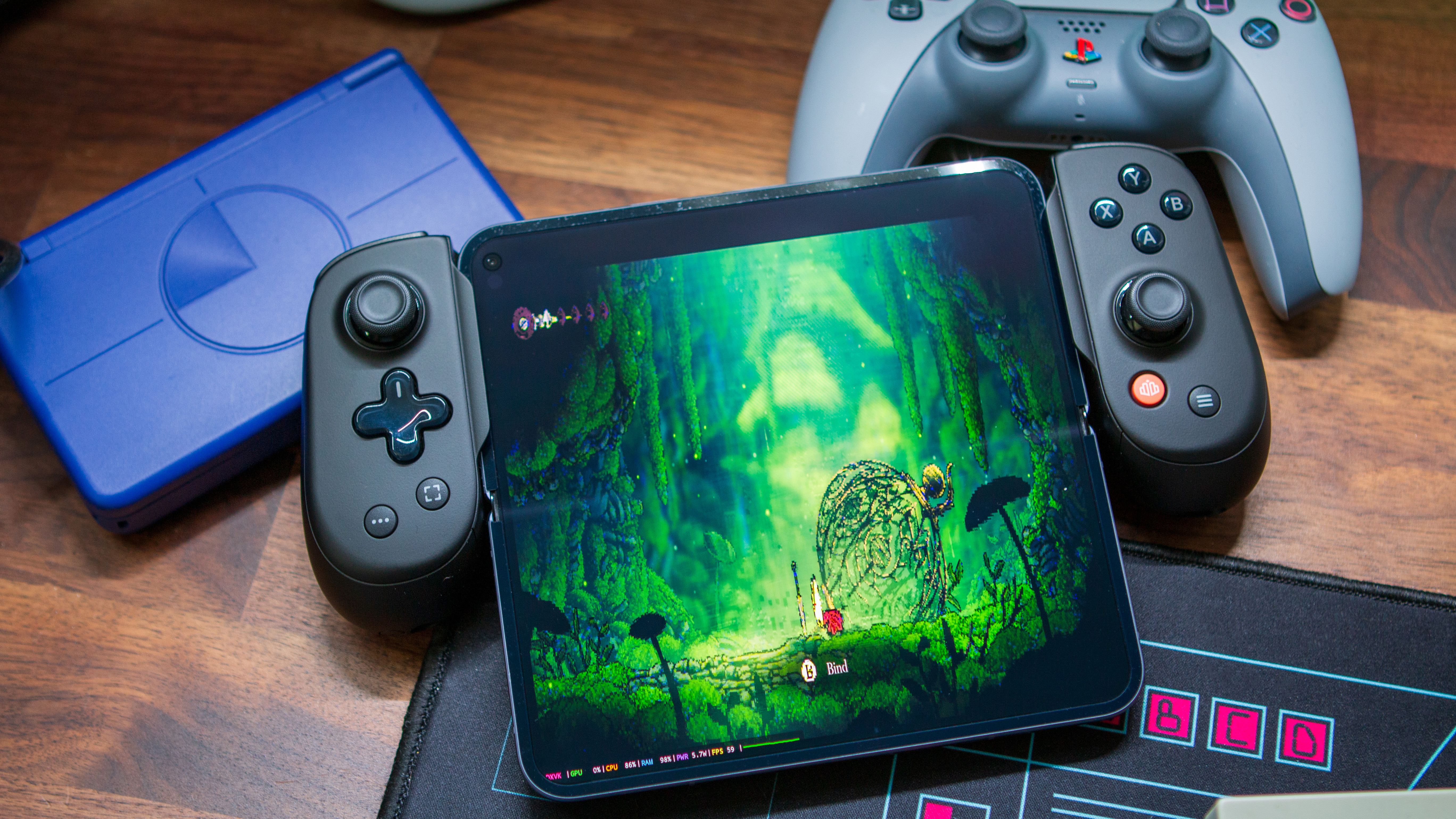
I’m really not sure what’s going on here, but I suspect it has something to do with the Tensor G5’s GPU. The performance is so disappointing that Google issued a statement after reports surfaced about issues.
It appears that the GPU drivers in current Android builds are outdated. In its response, Google said it plans to include “further GPU driver updates” in “future releases,” noting that “the September and October patch releases already contained GPU driver enhancements.”
Sadly, those updates have not yet resulted in meaningful improvements. The next major Android update isn’t expected until the December 2025 Pixel Drop. So we’ll have to revisit this once the latest GPU drivers are actually released.
Google Pixel 10 Pro Fold: Software
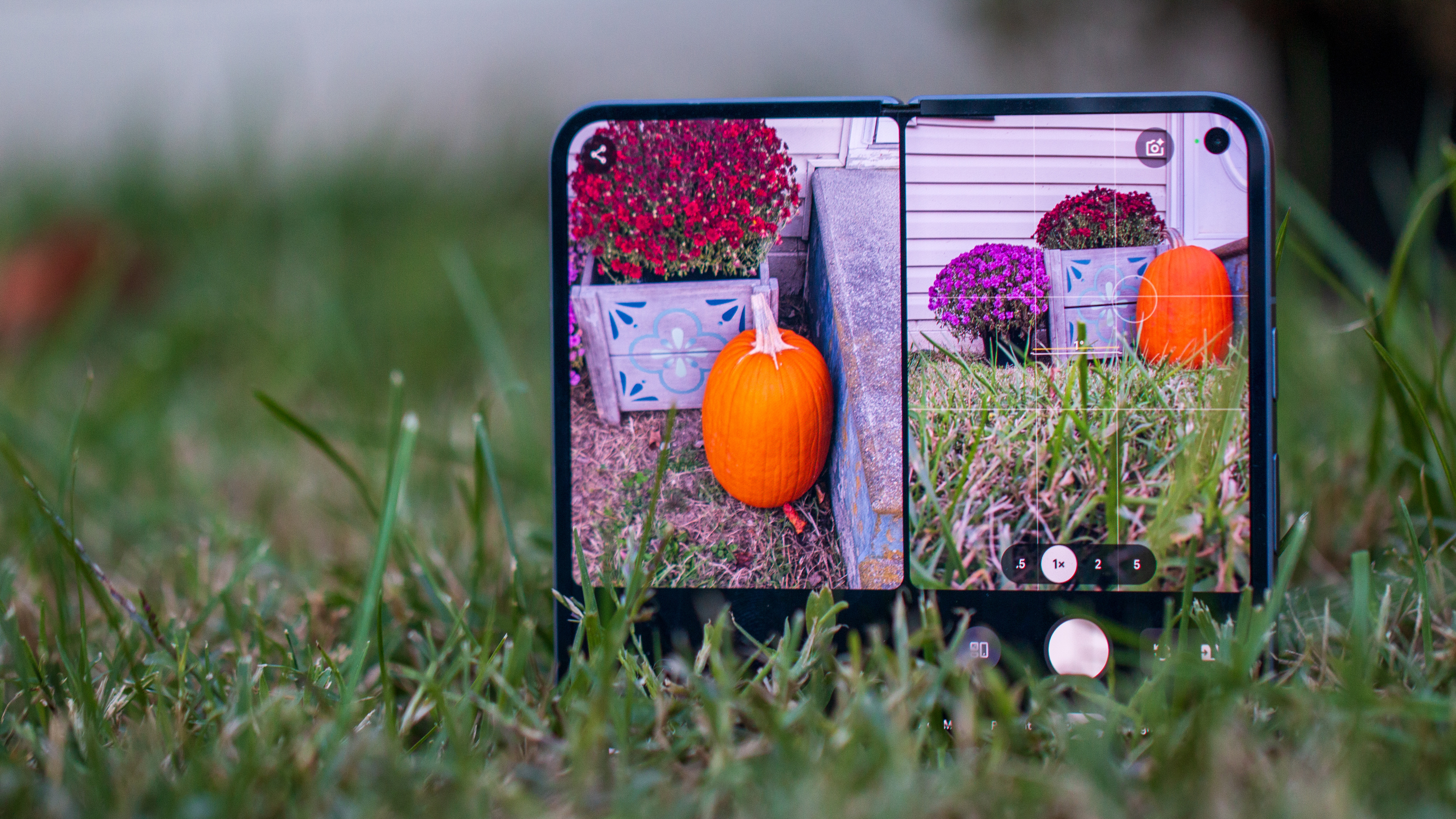
- Outside Material 3 Expressive, there really aren’t many new features to be found on the software side.
- You’re still limited to two apps on the inner screen at a time, not even being able to add a floating window.
This has been one of the more difficult sections to write, as my feelings on Google’s software are very different than, say, Samsung’s One UI. With the Galaxy Z Fold 7, I know there are going to be plenty of settings to fiddle around with, along with more tweaks and changes that I can make in order to enable various features that aren’t there out of the box. At the same time, my expectation is to be able to use the Fold 7 for practically anything I need.
When picking up the Pixel 10 Pro Fold, I know there are certain limitations to what’s possible, but for some reason, it doesn’t bother me. The only other phone that makes me feel this way is the iPhone, as iOS and iPadOS are just way too locked down to really do much outside of what Apple wants me to do.
I’ve said this before, but I equate the Pixel 10 Pro Fold (and other Pixels) as being the “weekend phone.” It’s great for replying to messages, maybe playing a few games, and watching your favorite sports team. But it lacks some of the features that help make other foldables great.
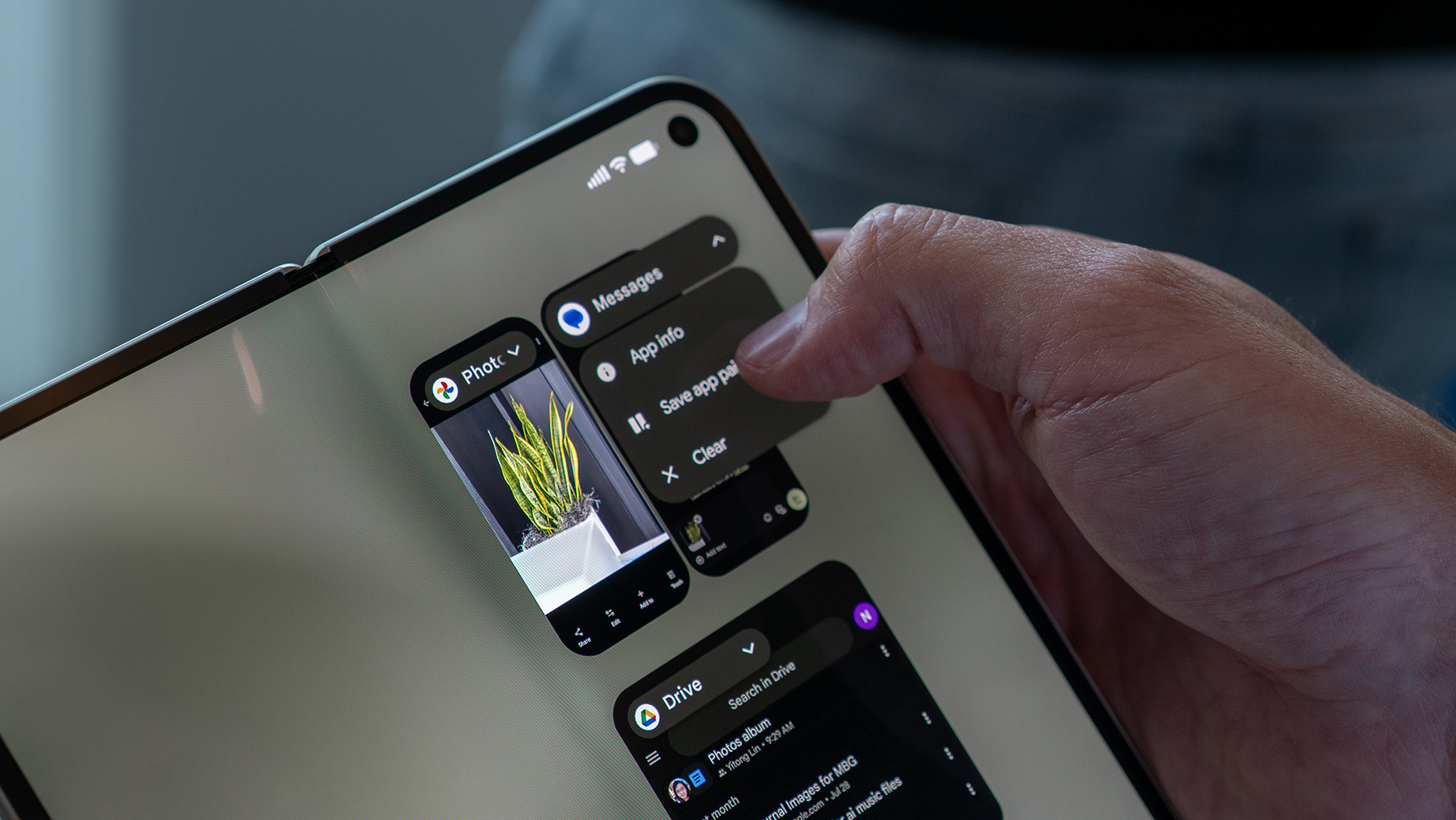
The most notable of which is multitasking, as you’re still limited to using only two apps at a time, even on the inner screen. I can’t tell you how many times I’ve swiped up to grab an app from the taskbar, hoping to drag and drop it into a floating window, only to be reminded that it’s just not possible.
Now, I’m not asking for the Samsung approach, where I can fit up to five or six apps on the screen at once. But come on, Google, just give me something more. I mean, it’s an 8-inch screen — the same size as some of the best Android tablets — so there shouldn’t be any reason we can’t at least have one floating window.
On the one hand, Google’s multitasking implementation is great. But as soon as I want to do more, everything just feels clunky.
Another annoyance is that, for whatever reason, Google doesn’t let you have separate layouts between the Cover and Main screens. Everything you change on one is reflected on the other, but I don’t always use the inner screen in the same way that I do the outer screen.
It would be one thing if these foldable phones and software were still in their infancy, but they aren’t. For all of the Material 3 Expressive changes Google made, it’d be nice if the same effort and thought were put into the usefulness/versatility of the software on a foldable device.
Google Pixel 10 Pro Fold: Cameras
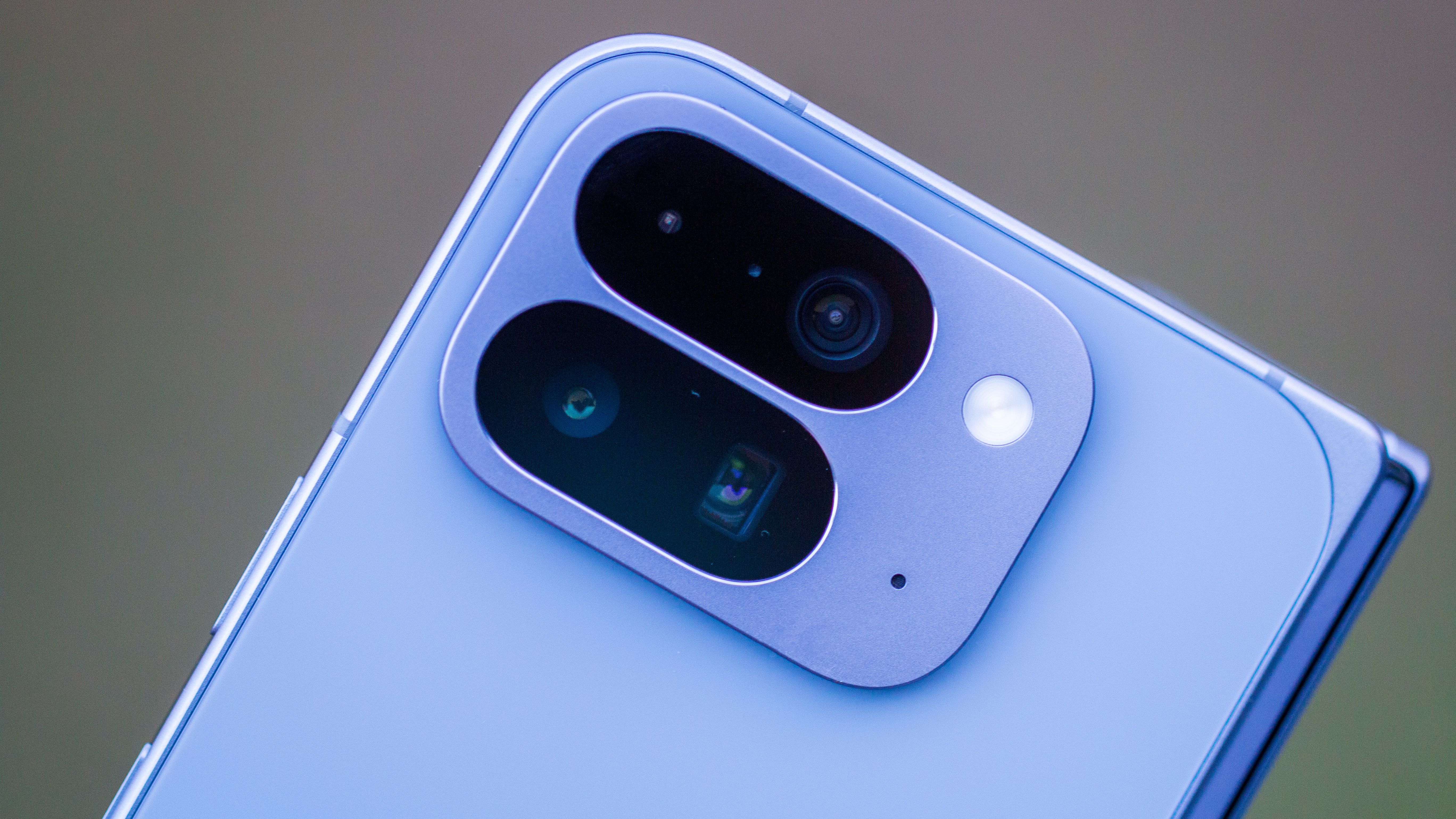
- Google still won’t use its best sensors on its foldables, saving those for the standard Pixel 10 Pro/Pro XL.
- The Pixel 10 Pro Fold misses out on some features, such as ProRes Zoom.
With the Pixel 9 Pro Fold, I understood why Google didn’t use the same camera hardware as in the Pixel 9 Pro. Google had just introduced a completely new design that was more focused on thinness and a premium look. It was disappointing, but at least it was understandable.
Unfortunately, that disappointment continues with the Pixel 10 Pro Fold, as the hardware remains unchanged. To be fair, Google didn’t upgrade the physical sensors in the Pixel 10 Pro or Pro XL, but the latest foldable doesn’t even match up to last year’s Pixel 9 Pro.
As a result, the Pixel 10 Pro Fold yet again misses out on features found with its non-foldable counterparts. Sure, AI-powered features such as Camera Coach are onboard, but you won’t find ProRes Zoom. Which might not seem like a big deal, but when you consider that the Galaxy Z Fold 7 got slimmer while getting a 200MP primary camera, it’s just not a great look.
But how do pictures actually look? I’m working on a full camera review/comparison with a few other foldable phones, but in the meantime, here are some of my favorites.
Google Pixel 10 Pro Fold: Competition
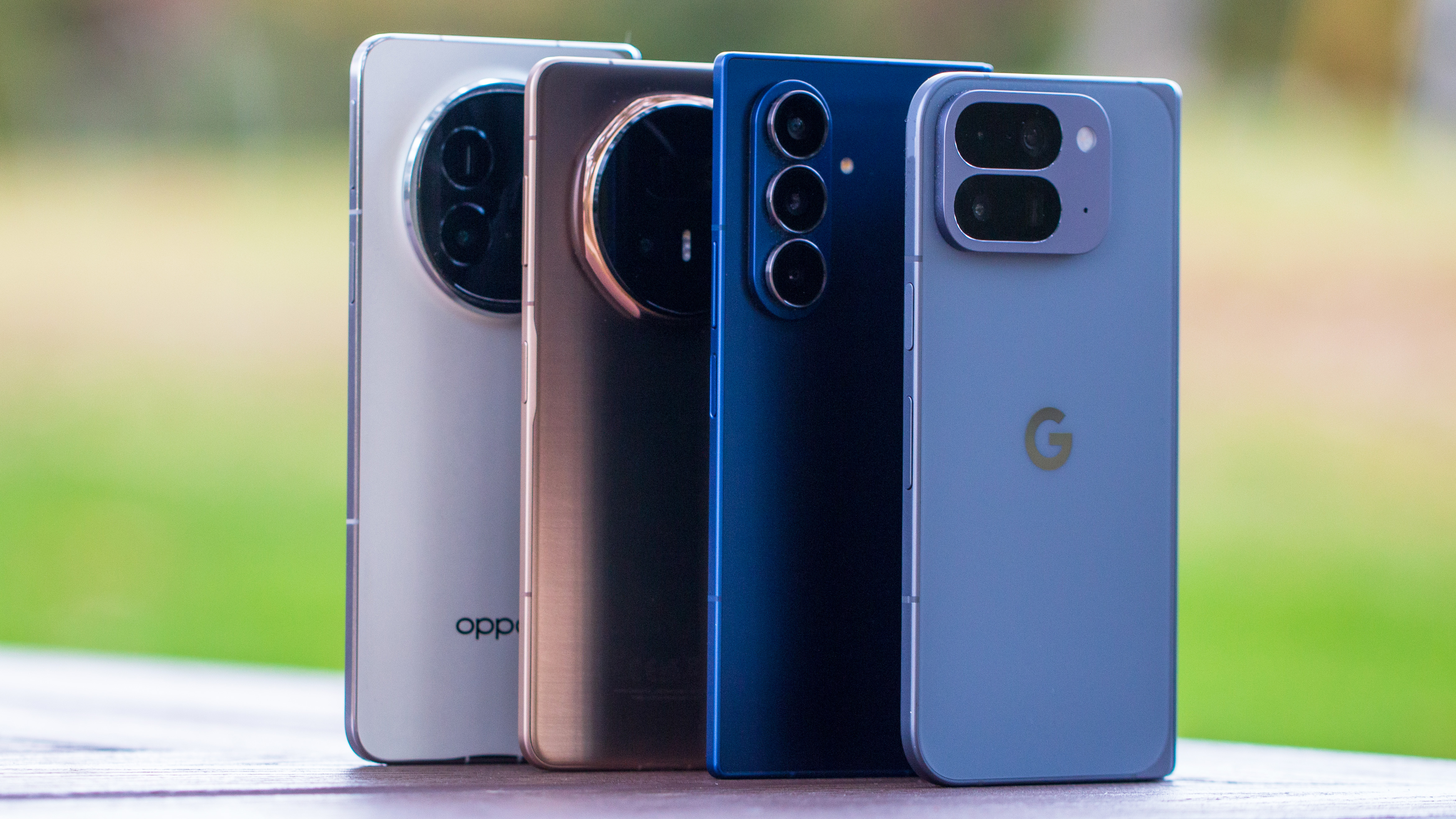
It shouldn’t come as much of a surprise, but the Galaxy Z Fold 7 is easily the stiffest competition. Samsung made huge changes with this year’s release, removing the S Pen digitizer to make the slimmest phone.
Not only that, Samsung took things further and added the same 200MP primary camera found in the Galaxy S25 Ultra. All of these changes came at a cost, however, as Samsung bumped up the price by $100.
In the U.S., that’s pretty much all you get in terms of alternatives, at least if you wanted to walk into your local carrier and walk out with a new phone. In reality, there are actually quite a few formidable opponents, which include the Vivo X Fold 5, Honor Magic V5, and Oppo Find N5.
The problem is that none of those phones are easily accessible in the U.S., meaning that you’ll need to have them imported from abroad. This usually means paying a slight markup, but at least you aren’t limited. However, the current political and economic climate is such that, in addition to paying a markup to import a phone, there’s a good chance you’ll have to pay a tariff on top of it.
Google Pixel 10 Pro Fold: Should you buy it?
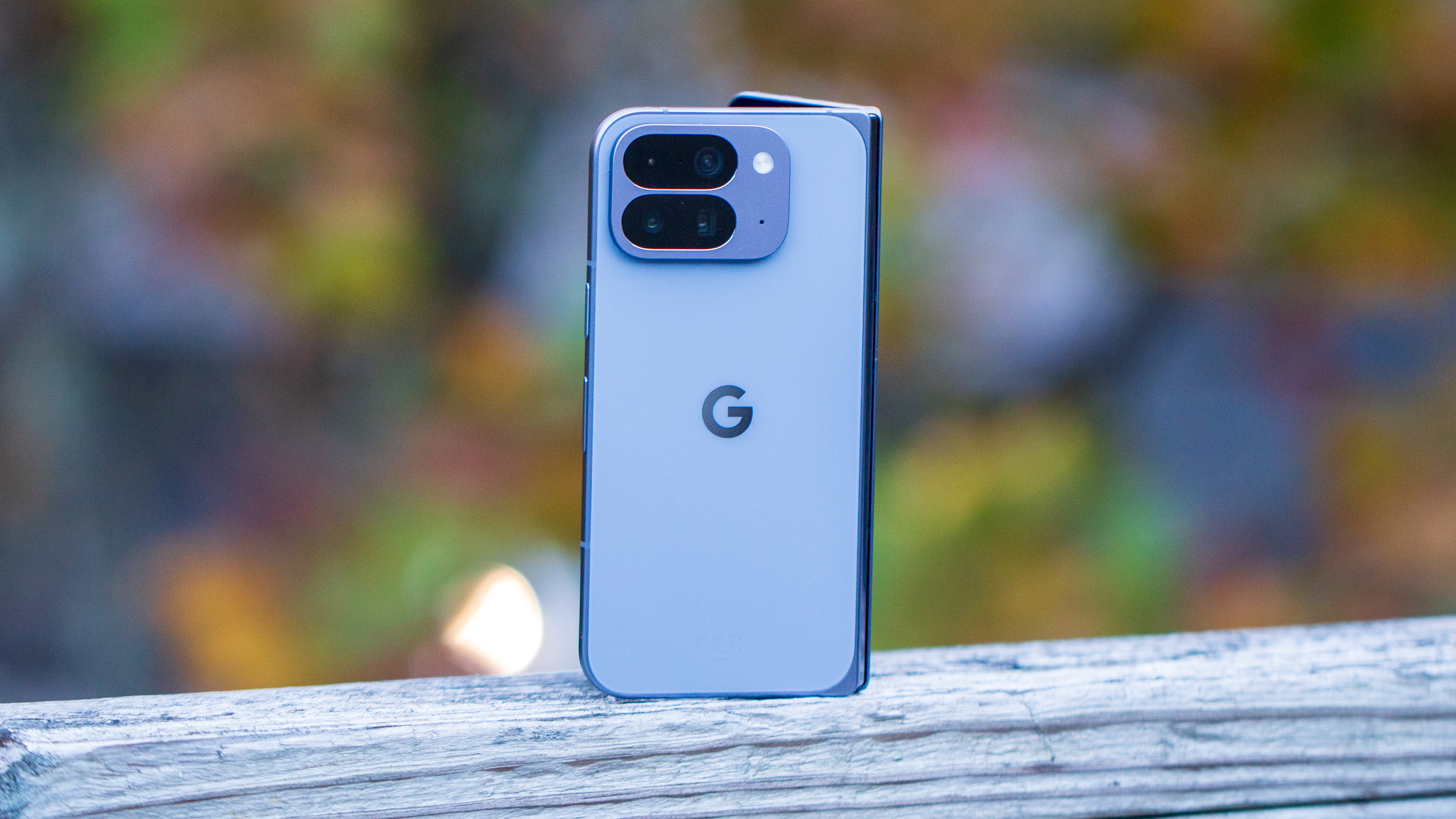
You should buy this if:
- You want the first foldable phone with an IP68 rating.
- You don’t need a lot of extra bells and whistles.
- You want a foldable phone that works with Pixelsnap (and MagSafe) accessories.
- You need all-day battery life.
You shouldn’t buy this if:
- You want the best cameras on a foldable phone.
- You want the slimmest and lightest foldable phone.
- You’re on a budget.
For as much as I would love to tell you that this is the foldable phone for everyone, I just can’t. What I can say is that if you want a foldable equipped with an IP68 rating, already understand the limitations of Google’s software, and know that you aren’t getting the best cameras, then yeah, this is the one for you.
I’d even argue that the Pixel 10 Pro Fold is the best foldable for those who haven’t used a foldable phone before and don’t want a flip phone. It’s a great way to get your foot in the door and become familiar with how the software works before moving on to something more robust or feature-rich in the future.
My problems stem from wanting Google to become the leader in the space, and even with the IP68 rating, the rest of the package is pretty run-of-the-mill.
FAQ
What is the IP rating of the Google Pixel 10 Pro Fold?
The Google Pixel 10 Pro Fold has an IP68 water and dust resistance rating, making it the first foldable with such a certification. This means it’s protected against submersion under certain conditions and it’s fully protected against dust.
Does the Pixel 10 Pro Fold support Qi2 wireless charging?
The Pixel 10 Pro Fold is the first foldable to fully support Qi2 wireless charging. Thanks to built-in magnets, the phone can attach to MagSafe and other Qi2 accessories (e.g., Pixelsnap) without a separate case.
What chipset powers the Pixel 10 Pro Fold and how does it perform?
The Pixel 10 Pro Fold is powered by the Tensor G5 chipset. It’s an improvement over its predecessor, running cooler and more efficiently. However, it falls short of the competition, particularly in GPU performance.
How is the Pixel 10 Pro Fold battery life?
Battery life on the Pixel 10 Pro Fold will depend on each user and how they use the device. However, some users should be able to manage a full day of use thanks to the larger battery or by utilizing the built-in Qi2 charging.
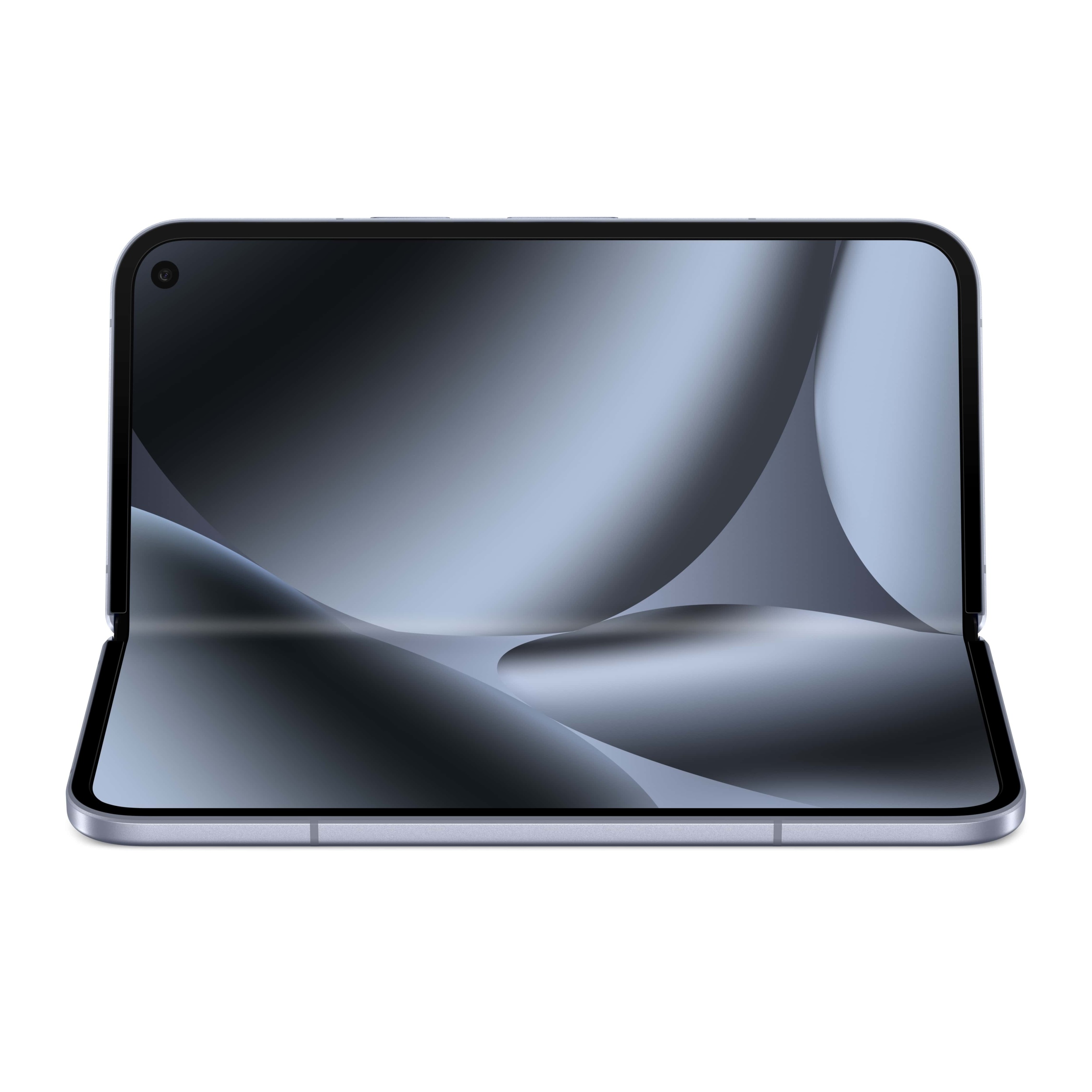
Good, but boring
It was always going to be tough to follow up after the Pixel 9 Pro Fold. With the Pixel 10 Pro Fold, Google tried to introduce meaningful changes. In some ways, such as being the first IP68 foldable phone, Google delivered, but in other ways, it falls a bit short of expectations.






